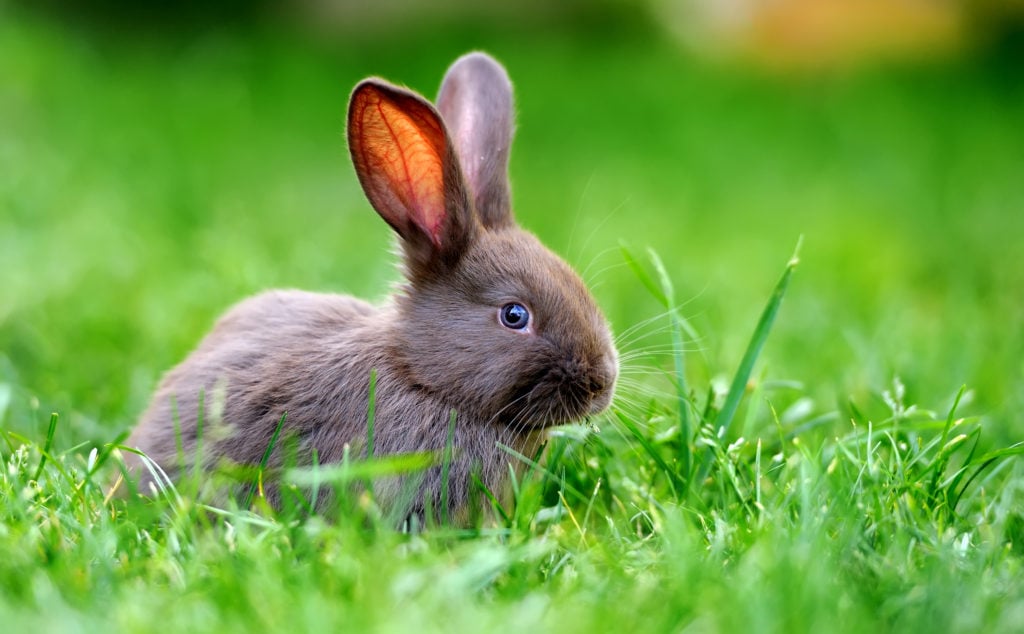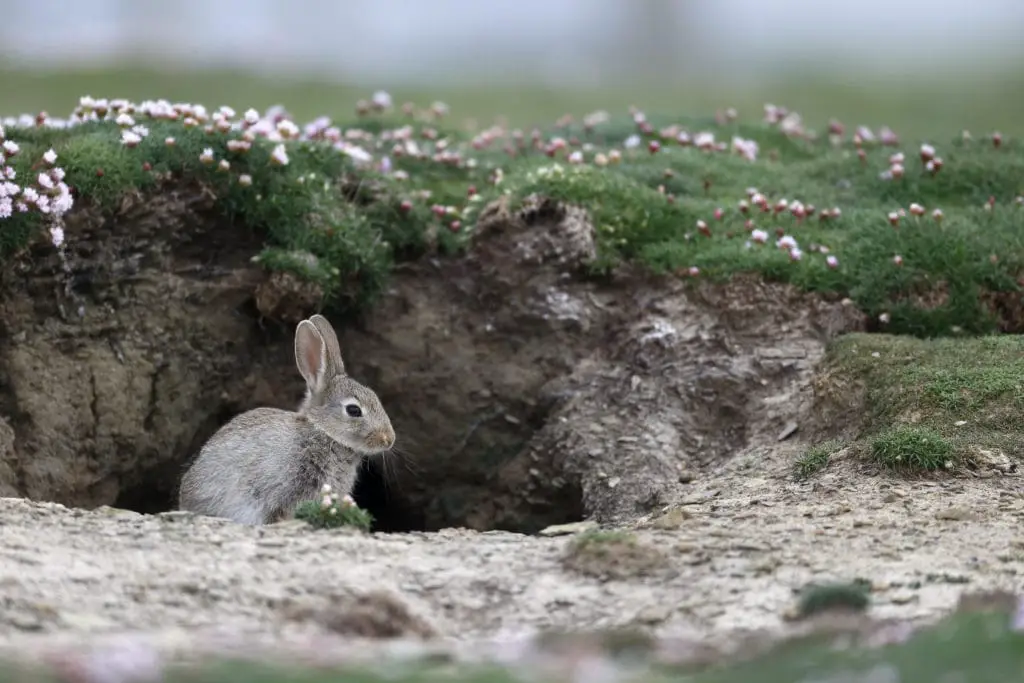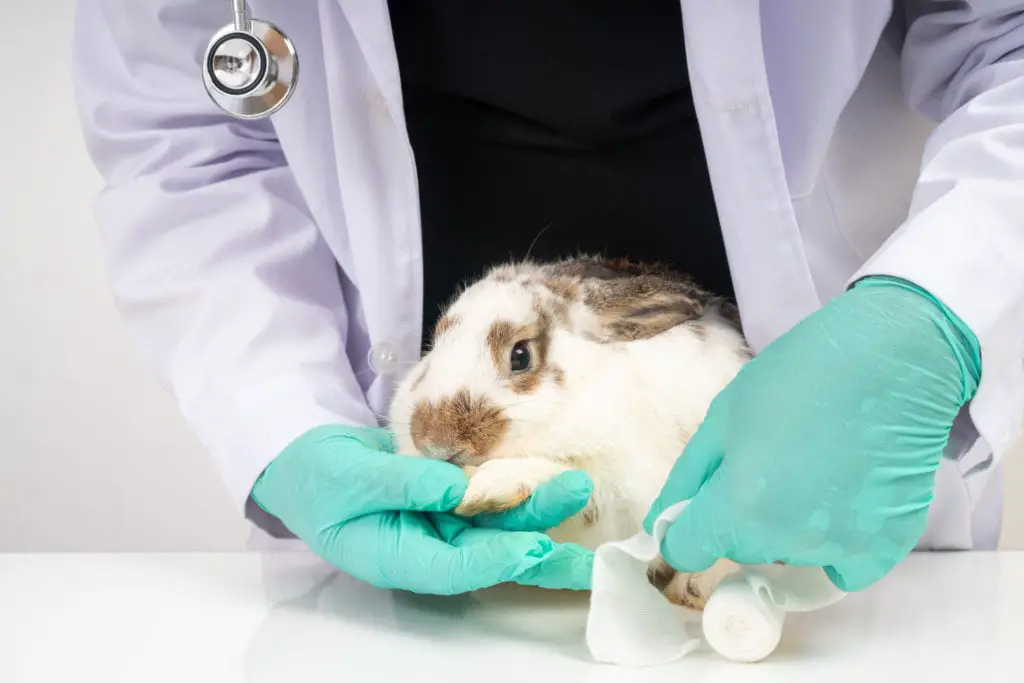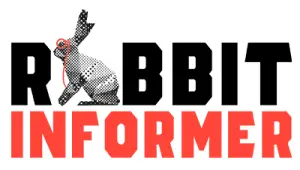
Rabbits have delicate skeletons but are hearty and resilient animals. Just because a wild rabbit has suffered an injury does not mean all hope is lost.
A wild rabbit can survive with a broken leg, but it also could die from complications related to the injury. Rabbits rely heavily on their legs for survival, so it is not impossible for them to survive in the wild with an injury, but it does add difficulties to the life and longevity of the animal.
Treatment for leg breaks in rabbits is lengthy and expensive. Both domestic and wild rabbits alike experience a healing process that does not involve surgery or complicated medicine. Here’s what that looks like in the context of a rabbit:
Wild vs. Domesticated Rabbits
It should first be noted the vast difference between the two worlds of rabbits. Domesticated rabbits have access to treatment and veterinarian care. Domestic rabbit owners, like myself, spend a lot of time and attention caring for our pet rabbits. If injured, they are tended to and we provide for them as they heal. Additionally, they have a lifespan of up to 9 years.
By contrast, wild rabbits only average a life of a few years, because of the nature of their environments. They are, by definition, wild, and are therefore more susceptible to danger and predation.
But on the similarities of both kinds rabbits.
Rabbits are jumpy and skittish creatures. Whether in a comfortable home or the freedom of the wild, rabbits are easily scared– and their panic can be detrimental. Sudden twisting and jerking in response to a predator or being scared can injure their spinal columns, resulting in paralysis or death.
This is the biggest danger in terms of injuring rabbits.
Traits of Survival

There are three primary functions of a rabbit’s leg: Running, self-defense, and digging. These activities are done primarily with the back legs, so if the break is one of the hind legs, the outcome of the break is more precarious.
Running
Rabbits can run up to 30mph and have a gait of up to 1.5 feet. They use their speed and agility to evade predators. This means their legs are incredibly strong and are capable of considerable damage.
Self Defense
Rabbit legs are also used for defense. If a rabbit is cornered with nowhere to go, it can attack, lashing out with its claws and “thumping” it’s antagonizer with a powerful kick. These thumps are known to bruise and cause pain to even peaceful approachers.
Digging
The powerful hind legs are also used for digging and tunneling underground. Rabbits live in burrows, and also use those burrows as respites from intense heat. Rabbits live in colonies within those burrows. This is important because while a wild rabbit might not have human caretakers, they do have a large social network and community they belong to.
Front vs Back Leg Breaks
Though it is much more likely for a rabbit to break a back leg than a front leg, the possibility still exists. A break in the front leg would not be as inhibiting or detrimental to the rabbit because it would not impede its ability to run, jump, dig, or fight.
A break in the back legs is more likely because of the strain put on the limbs, as well as the particular arrangement of bones and muscles in the leg.
Thin and Brittle Bones
The bones of a rabbit are brittle and susceptible to breaks. Breaks can occur from existing disorders such as osteoporosis, injuries from running, or attacks from predators. Rabbits are also susceptible to shock post-trauma, which can be fatal. But if a rabbit were to live through a break and survive long enough to heal, they can still live a somewhat-normal rabbit life.
Dangers of Broken Bones
For rabbits, the side effects of a broken leg are more perilous than the break itself. Rabbits can experience shock, bleeding, and paralysis from strain and trauma on their skeletal system. When a domestic rabbit is taken into a veterinarian for an examination of a break, they are given a thorough physical and neurological exam. Since no determination can be made on the internal health of a wild rabbit, it is more likely to experience extreme complications from the break, if it is not fatal.
Common Breaks
Rabbit skeletons are very light, as to keep them light and spry. The skeleton makes up 7-8% of a rabbit’s body weight, in comparison to a cat skeleton which makes up 12-13% of its body weight. Comminuted and open fractures are most common. Comminuted means that there are multiple breaks in the bone, while open fractures puncture the skin and can be prone to infection. A domestic rabbit can be treated with antibiotics, but a wild rabbit is likely to contract an infection from an uncleaned and untreated wound.
Further Complications

Setting a Bone
Because a wild rabbit does not have the same access to veterinarian care, it is less likely to heal properly. A wild rabbit might still continue to use its leg, thus worsening the break. Additionally, the rabbit’s bone might not be set and therefore will heal in such a way that leaves it lame for the rest of its life.
Use of Leg
Some rabbits can still jump a considerable height, based on the nature of their break. And as long as there is no paralysis or nerve damage, a rabbit will still have use of its leg, however, limited it might be. The leg can still be walked on and used like normal, though the rabbit may experience consistent discomfort.
Bone Growth
In the case of a break occurring in the early days of a rabbit’s life, it is possible for the broken and unbroken bones to grow differently. They might end up in different sizes or in different angles. This can add to strain to the body of the rabbit, in addition to adding to complications or discomfort in moving.
FUN FACT! Did you know that teeth are considered bone and some of a rabbit’s teeth will never stop growing? To find out more, see my article Ever Wonder Why Rabbit’s Teeth Keep Growing?
Healing Process
When taking care of a domestic rabbit with a broken bone, one needs to be extremely careful about their rabbit’s movements and exertion. If severe enough, a rabbit can undergo extensive, and expensive surgery to repair the break. Veterinarians commonly use pins and wires to reconstruct the bone.
While healing, a rabbit must stay as still as possible. Any sudden or repeated movements to the injured leg jeopardize the propriety of the healing process. It is much easier for a domesticated rabbit to remain still and free of stress or situations where it would rely on its legs.
